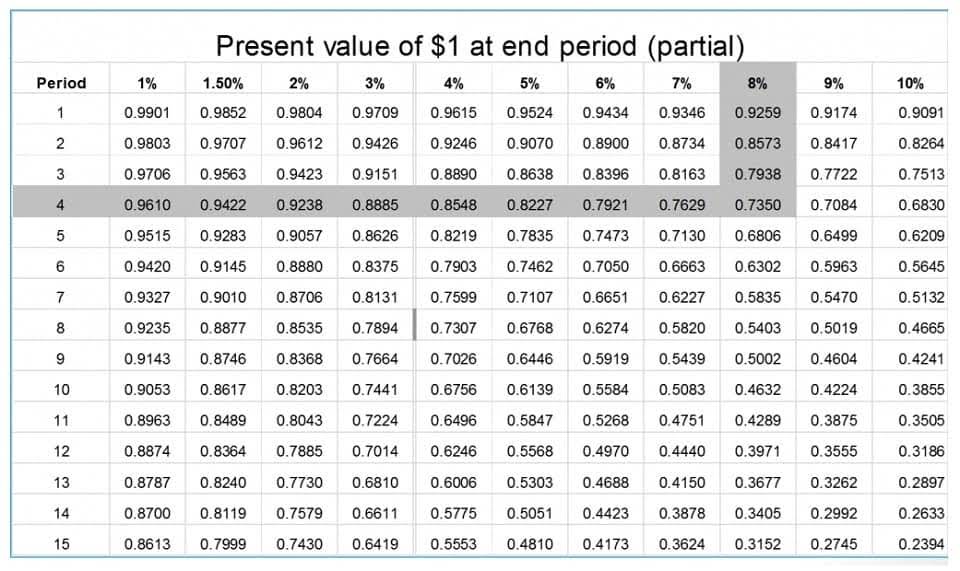
Best practice includes keeping detailed records of IP-related costs, contracts, and tax filings. Firms should apply standards consistently across different IP types and contract structures. Recognition requires that the IP provides future economic benefits to the company. These benefits may come from generating revenue, reducing costs, or improving other assets. Reorganizations involve mergers, acquisitions, https://www.bookstime.com/articles/reversing-entries or changes in structure that affect reporting. Accounting teams must record the date and nature of each change to adjust financial statements.
- If you own more than one business, you should keep separate financial records for each company—doing so will give you an accurate view of how your business is doing.
- Their job is to make sure every transaction is recorded clearly and accurately.
- These principles also make it easier to understand a business’s health and compare one or several companies’ financials over different periods.
- Being known as a prompt, reliable customer can lead to better payment terms, stronger supply chains, and improved negotiating power.
Economic Entity Principle

A capital lease requires that the property being leased be recorded as an asset and a liability to pay for the asset. Because company managers are aware that analysts view debt as indicative of financial risk, those managers often try to avoid reporting more debt than absolutely necessary. There are upwards of 7,000 public companies in the United States and more than 1 million privately owned businesses. Should all these businesses use the same accounting methods, terminology, and presentation styles for their financial statements? Privately owned companies aren’t required to follow GAAP rules, although many do. The rulebook permits alternative accounting methods for some transactions, however.
Future Trends
Accounting principles are the fundamental concepts that guide accounting practices (like consistency, materiality). Whereas, accounting standards are the detailed rules and procedures established by governing bodies that implement principles (like GAAP, IFRS). Lenders and investors can also demand GAAP-compliant financial statements from privately owned enterprises and charitable organizations. For example, most banks require audited GAAP financial statements once a year as a loan requirement. Consequently, even though it is not mandated by law, most USA businesses adhere to GAAP. Financial accounting is a specific branch of accounting involving a process of recording, summarizing, and reporting the myriad of transactions resulting from business operations over a period of time.
Towards Fully Touchless Processing and Real-Time Operations

The income statement compiles revenue, expenses, and other financial activities. Financial accounting is like a GPS that guides users through the land of finance. It’s a systematic process of recording, categorizing, and communicating summaries of the company’s financial transactions and performance to external users, such as creditors, investors, and regulators. The system helps those on a financial journey determine the company’s state (where it is) and make informed decisions (where it wants to go).
- To truly understand the benefits of AP automation, it’s important to first examine traditional AP processes and the challenges they present.
- The APB operated from 1959 through 1973 and issued 31 Accounting Principles Board Opinions (APBOs), various Interpretations, and four Statements.
- Many cloud tools also automate tasks like approvals and reporting, saving time and reducing mistakes.
- Securities and Exchange Commission (SEC) and is the default accounting standard used by companies based in the United States.
- A well-prepared balance sheet showcases the business’s financial stability and capital structure.
- These systems manage intercompany transactions, currency, and consolidated reporting.
Cross-Jurisdictional Tax Implications
Balance sheets capture what the company owns (assets), owes (liabilities), and what remains for the owners (retained earnings and equity accounts). A well-prepared balance sheet showcases the business’s financial stability and capital structure. It may include details sometimes found in a separate statement of retained earnings or shareholders’ the standards and rules that accountants follow while recording and reporting financial activities equity statement.

Managing transactions between different parts of a conglomerate needs careful attention. You must remove internal transactions that could trial balance distort results and manage balances between companies to keep records accurate. For example, a parent company may own several subsidiaries, or businesses might lease assets from the same controlling party. Equity consolidation shows the parent company’s ownership and the part owned by others. The parent includes its equity investment in subsidiaries and reports noncontrolling interests (NCI) separately.
- This collaboration has led to the adoption of several new accounting standards, aligning GAAP and IFRS, and making it easier for companies and investors to compare financial information across borders.
- Many platforms include supplier self-service portals where vendors can submit invoices, track their status in real time, and view payment details.
- Ultimately, BPO and automation both aim to reduce friction in financial operations.
- Many accountants pursue further certification, such as becoming a Certified Public Accountant (CPA).
- Effective change management is essential to ensure project success and high user adoption.
- Non-GAAP reporting, also called pro forma reporting, describes financial statements and disclosures that were not prepared following GAAP guidelines and therefore do not adhere to a standardized framework.
Elimination of Intra-Entity Transactions
Accounting principles also aid in reducing accounting fraud by making accounting more transparent and making warning signs more accessible. Accounting principles are based on basic rules and guidelines that tell companies how to record and report their financial activities. In the United States, these rules are called Generally Accepted Accounting Principles (GAAP). A company’s balance sheet summarizes assets and sets them equal to liabilities and shareholder’s equity. These three categories highlight what a company owns and how it finances its operations.

Small Businesses
Standardized reporting formats and consistent application of accounting rules enable users to identify similarities and differences, facilitating better benchmarking and analysis. GAAP encompasses a wide range of accounting activities, including revenue recognition, balance sheet classification, and materiality. These principles are developed by the Financial Accounting Standards Board (FASB) and are periodically updated to reflect changes in the economic environment and business practices. Compliance with GAAP is mandatory for publicly traded companies and is often required by lenders and investors for private companies as well. Generally accepted accounting principles (GAAP) are commonly followed standards, concepts, principles, and industry-specific rules for financial reporting.